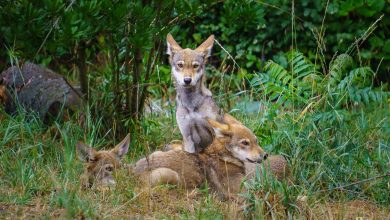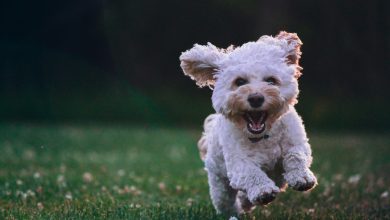How to Calm a Dog That Overreacts to Fireworks
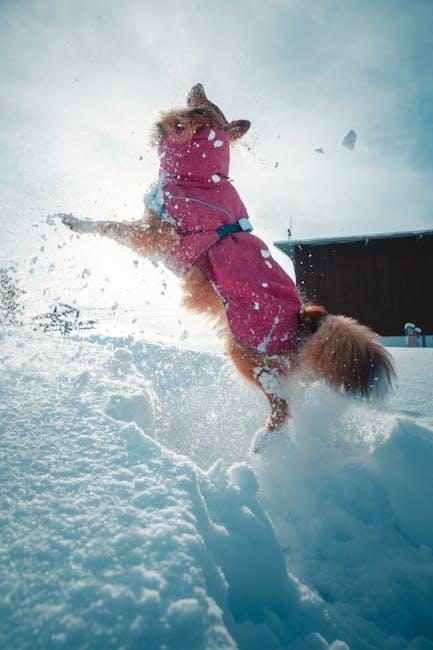
Fireworks can transform a night sky into a dazzling spectacle, but for many dogs, these loud explosions can trigger overwhelming anxiety and fear. As a pet owner, witnessing your dog’s distress can be equally unsettling, leaving you searching for effective ways to provide comfort and reassurance. This article aims to guide you through practical strategies to help calm a dog that overreacts to fireworks, offering insights into understanding their behavior and implementing soothing techniques. By taking proactive steps, you can create a more peaceful environment for your furry companion during these noisy celebrations.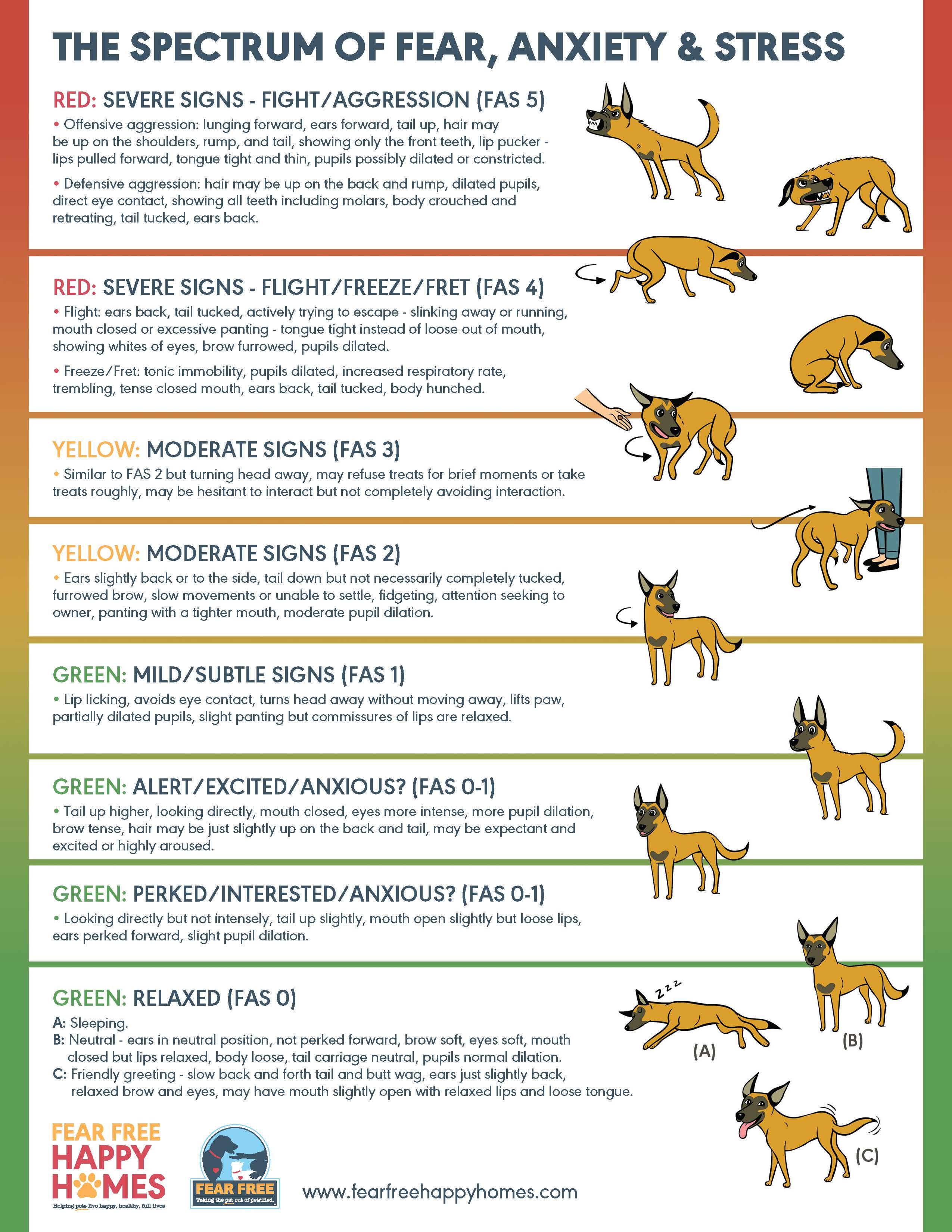
Understanding Your Dogs Fear Response to Fireworks
Fireworks can be a source of intense fear for many dogs, causing them to exhibit a range of behaviors as part of their fear response. Understanding these reactions is crucial for helping your pet feel more secure. When exposed to the sudden loud noises and bright lights of fireworks, dogs may experience heightened anxiety due to their acute hearing and the unpredictability of the event. Common signs of fear in dogs include:
- Trembling or shaking
- Pacing or restlessness
- Excessive barking or whining
- Hiding or attempting to escape
- Destructive behavior
Each dog is unique, and their fear response can vary in intensity. It’s essential to recognize these behaviors early to address them effectively. By understanding these signs, you can implement strategies to create a calming environment, such as providing a safe space, using soothing music, or employing calming pheromones. Being aware of your dog’s fear triggers can significantly enhance their comfort during fireworks displays.
Creating a Safe and Comfortable Environment for Your Dog
Ensuring your dog feels safe and comfortable during fireworks is crucial for their well-being. Start by creating a cozy retreat where your dog can feel secure. This could be a room away from windows or a crate draped with a blanket to muffle sounds. Consider adding some of your dog’s favorite items like toys or a blanket with your scent to provide comfort. Soft, calming music or white noise can also help drown out the loud booms of fireworks.
It’s important to maintain a calm demeanor as dogs can pick up on your anxiety. Offer gentle reassurance through soft words or petting, but avoid over-coddling, as this might reinforce their fear. You might also want to try natural calming aids such as pheromone diffusers or anxiety wraps, which can offer additional comfort. ensure that your dog has had ample exercise earlier in the day, as a tired dog is often a calmer dog.
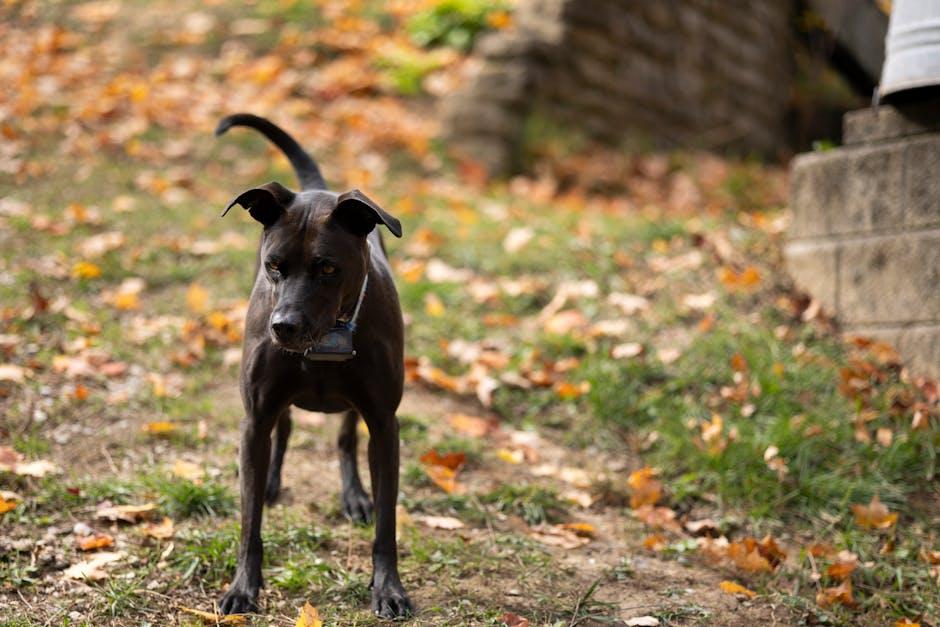
Implementing Training Techniques to Desensitize Your Dog
Desensitizing your dog to fireworks involves gradually exposing them to the sounds in a controlled and positive manner. Begin by playing recordings of fireworks at a very low volume while engaging your dog in enjoyable activities. This could include treats, playtime, or gentle petting. As your dog remains calm, slowly increase the volume over time. It’s crucial to maintain a positive environment throughout the process, reinforcing calm behavior with rewards and affection.
- Start with short sessions and gradually increase their length.
- Pair the sound with positive reinforcement, such as treats or toys.
- Ensure your dog has a safe space to retreat to if they become overwhelmed.
Consistency is key, so aim to practice these sessions regularly. If your dog shows signs of distress, reduce the volume and pace of exposure. Always prioritize your dog’s comfort and adjust the training to their individual needs. Over time, this method can help your dog become more accustomed to the sounds of fireworks, leading to a calmer reaction during actual events.
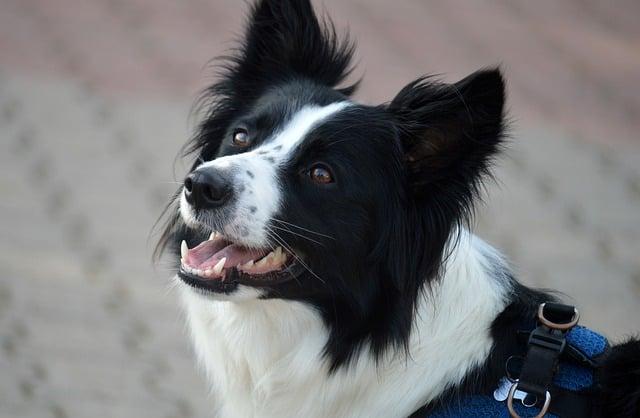
Utilizing Calming Aids and Professional Help
When dealing with a dog’s anxiety during fireworks, calming aids can play a crucial role. Pheromone diffusers, such as Adaptil, release synthetic versions of the calming pheromones that mother dogs naturally produce. These can help soothe your pet by creating a familiar and reassuring environment. Anxiety wraps, like the Thundershirt, apply gentle pressure to your dog’s body, which can have a calming effect. Consider using natural supplements such as chamomile or valerian root, but always consult with your veterinarian first to ensure safety and appropriate dosage.
In some cases, professional help might be necessary to address your dog’s fear of fireworks. A certified dog behaviorist can provide personalized strategies tailored to your dog’s specific needs. Veterinary consultations may be beneficial, especially if medication is required to manage severe anxiety. If you’re considering professional training, look for specialists with experience in desensitization and counter-conditioning techniques. These methods can gradually help your dog become less reactive to loud noises over time. Remember, every dog is different, so what works for one might not work for another. Consistency and patience are key to finding the best solution for your furry friend.
Key Takeaways
managing a dog’s anxiety during fireworks requires a combination of preparation, understanding, and patience. By creating a safe and comforting environment, using calming techniques, and considering professional help when necessary, you can significantly reduce your dog’s stress levels. Remember, each dog is unique, so it may take some time to find the most effective approach for your pet. Consistent efforts and a calm demeanor on your part can make a world of difference. With these strategies in place, you can help your dog face fireworks with greater ease and confidence.

